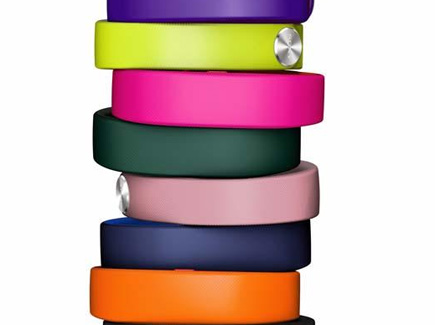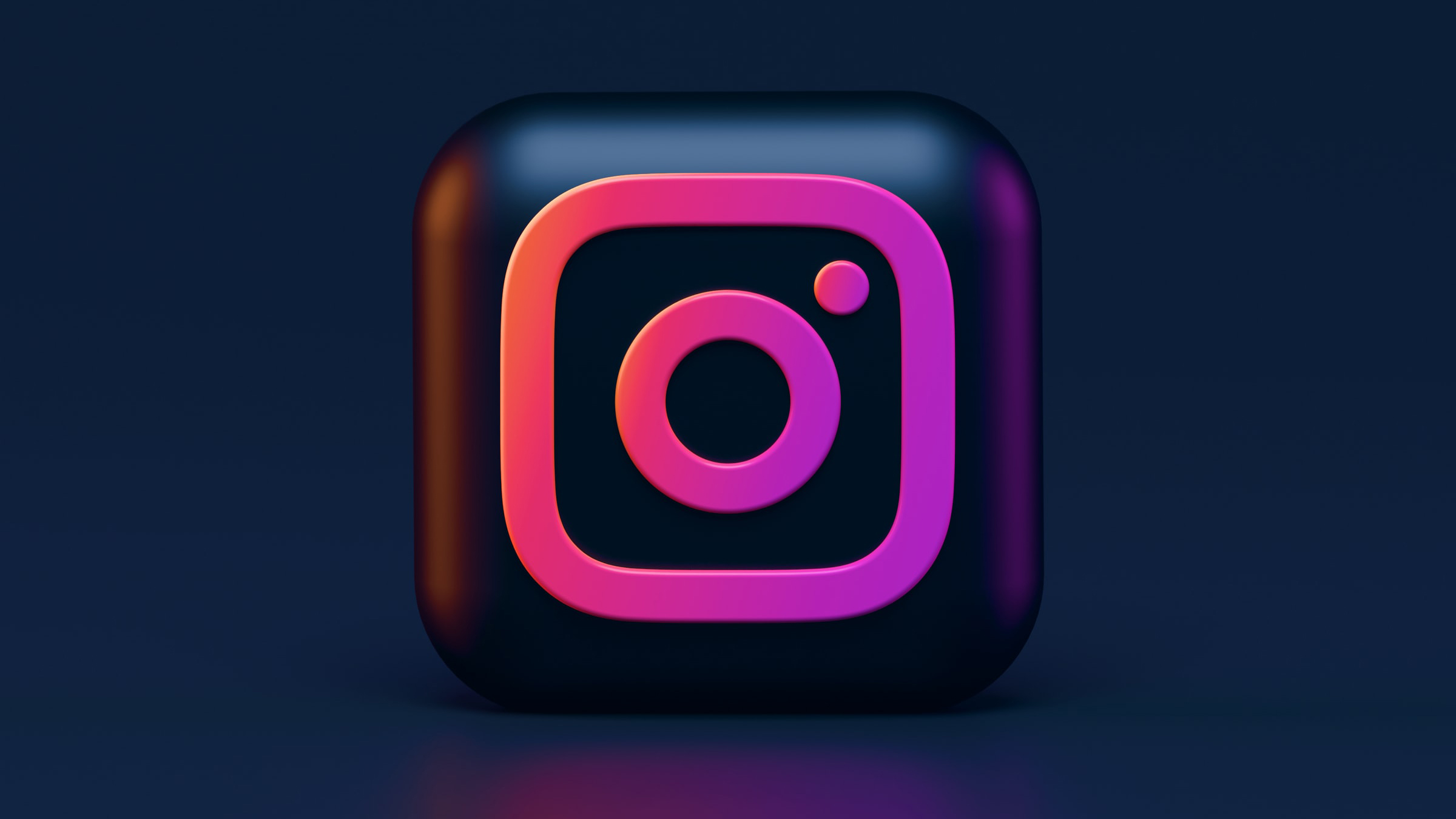Tom's Guide Verdict
Sony's SmartBand tracks your daily activity as well as what you do on your smartphone, but the information it gathers isn't all that useful.
Pros
- +
Small and light design
- +
Different color band options
- +
Good sleep tracking
Cons
- -
Only works with Android 4.4 devices
- -
Involved setup process
- -
Finicky smartphone remote control
- -
No diet tracking
Why you can trust Tom's Guide
No, it's not just a fitness band. Sony's $99 SmartBand is designed not just to record your daily movements and nighttime sleeping patterns, but, used in conjunction with the LifeLog app, help you keep track of everything you do. It can even be used to control music playback and the camera on your smartphone. But are consumers looking for a way to track how much time they spend playing games on their phone?
Design
Small and light, the Sony SmartBand weighs only 0.7 ounces. That's lighter than the 0.95-ounce Samsung Gear Fit, but more than twice as heavy as the 0.33-ounces MisFit Shine or the 0.28-ounce Withings Pulse. As it's meant as an all-day (and all-night) device, we wish it showed the time.
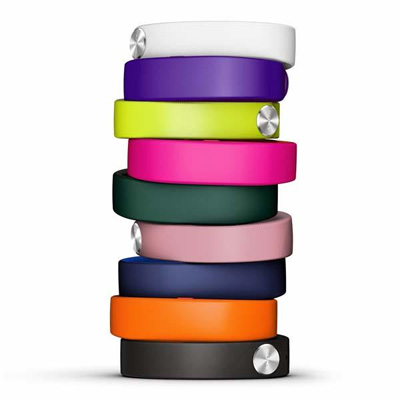
The brains of the SmartBand are contained in a 1.6 x 0.6 x 0.3-inch long plastic dongle that slips into the rubber wristband. The dongle has a small button on one side next to three tiny LEDs. A microUSB port on one of the short ends is used to recharge the device.
The rubber wrist strap has a textured finish that felt comfortable on our wrist. The adjustable band attaches to your wrist much like a watch; a silver circular clasp with the Sony logo offers a little flash.
MORE: Best Fitness Trackers
Although our band came in black, Sony will offer up to nine different color bands. A green-and-yellow Brazil edition is the only one currently offered on its site, but white, purple, yellow, pink, red, orange, blue and green will eventually be available.
Setup
Setting up the Sony SmartBand is a bit more involved than most fitness trackers. First, you must download Sony's Smart Connect app to an Android device. However, your choice of devices is quite limited, as it must be running Android 4.4 or later. There's no iOS app, either, and Sony has no plans to release one.
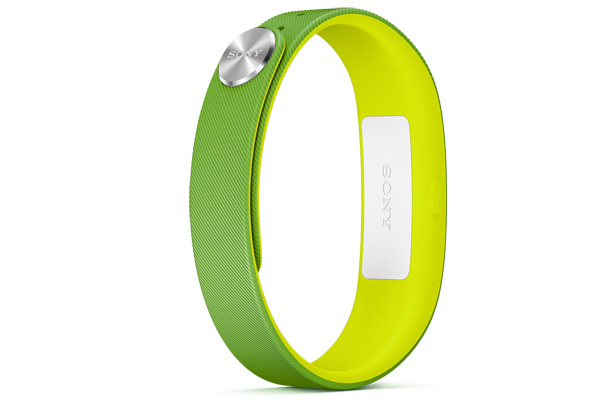
After installing the Smart Connect app, you then have to pair the SmartBand via Bluetooth (you can also use NFC to assist in this step). Next, you need to download both the Lifelog app and the SmartBand SWR10 app, the latter of which is integrated into the Smart Connect app. Why you need to download three apps when most fitness bands require only one is beyond us.
LifeLog App
As its name suggests, Lifelog lets you record nearly every facet of your life. The top half of the app shows a white silhouette of a person standing and holding a phone, with a background of trees and clouds. (At night, the silhouette changes to a person in bed). On the bottom half of the screen are 13 multicolored boxes, each one representing a different aspect of your life you might want to track. These include calories, steps, active time, sleep, communication, photos taken, music, movies, games, reading and Web browsing.
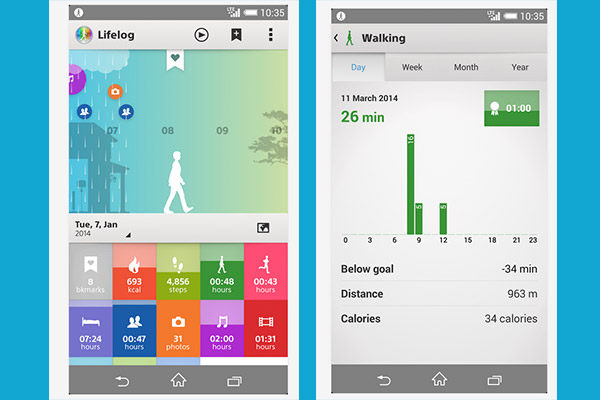
Whenever you engage in an activity, its corresponding icon appears in a small circle the upper half of the screen. Pressing the icon brings up a window showing more details about that activity. Similarly, if you select the activity's square in the bottom half of the screen, you get similar details.
MORE: 15 Best Fitness Apps
You can set goals for each of these metrics and, as you come closer to completing a given goal, that box's color changes from a pale to a bolder version of that color. While we understand why you'd want to set a goal for activity and movement, we're not sure how useful it is to set a goal for the amount of time you spend browsing the Web, playing games or taking pictures.
We found that LifeLog would record when we were using Chrome, but not the default Android browser on the S4. However, there are certain limitations to what LifeLog will record. For instance, it only recorded our Web browsing time when we were using Chrome, and not the default Android browser.
The one thing you can't track using LifeLog is what you ate, an unfortunate omission.
SmartBand App
The home screen of the Smart Connect app shows how much juice is left in the SmartBand, lets you edit its settings, and allows you to see what applications it's connected with. Here, you can set night mode and alerts for calls and messages, as well as if the phone goes out of range of the SmartBand.
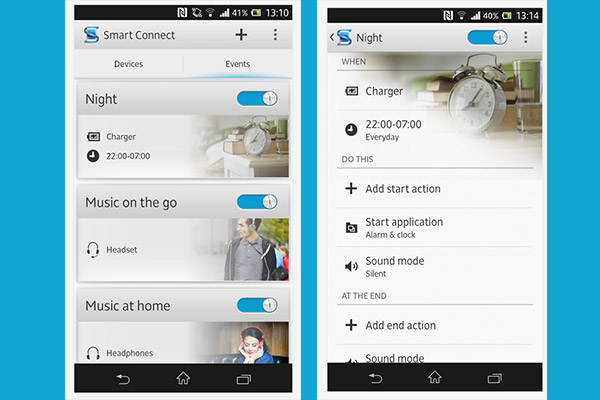
Pressing on the SmartBand's button, then tapping the top of the band lets you control applications on the phone itself. For example, when set up to control the Media Player, a single tap lets you start and stop music, while two taps skips ahead and three taps skips back.
MORE: Our Favorite Smartwatches
You can also set up the SmartBand to control other apps, such as Camera, Action Camera and OfficeSuite. However, at the time of this writing, those are the only apps that will work with the SmartBand.
A Smart Camera app lets you tap the SmartBand once to take a photo, and twice to start and stop movie recording. However, you have to press the button on the side of the band, then tap the top of it, a needlessly long process. In practice, this worked one out of every three or four times we tried. Even then, the delay was so long before our phone actually took a picture--about 3 seconds--that we found it much more convenient to simply press the shutter on the phone itself.
Performance
As it's intended as more of a general-purpose device, and not one specific to physical exercise, the SmartBand tracks your steps, but not the actual distance you travel. As such, it's not as good for those who want to see how far they've gone.
We found the LifeLog app accurately kept tabs on our steps, sleep and so forth. However, there are no recommendations for any of the categories as far as what's a healthy goal, or how you should go about achieving it. So while LifeLog provides a good snapshot of how you use your smartphone during the day, we're not sure how useful much of that information is.
Sleep
Like many other fitness bands, the SmartBand will record the quality of your sleep. Pressing and holding the button on the side of the band for 3 seconds switches the band from day to night mode; we wish it entered night mode automatically, as with the Basis B1 Band.
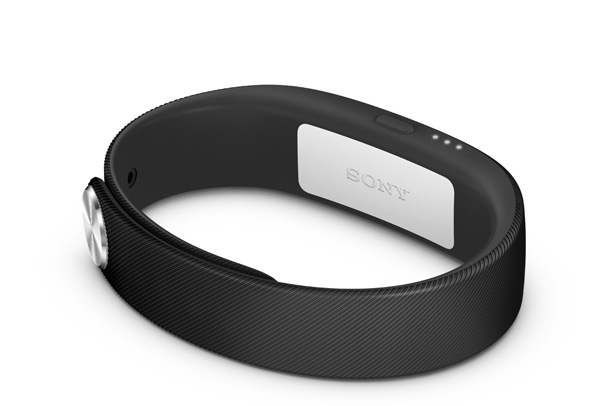
The LifeLog app displays when you were in heavy and light sleep, as well as if you woke up at any point during the night. Its graphical representation reminded us of Jawbone's app--while not original, it's our favorite to date. You can also view your sleep patterns over the week, month or year.
Also like the Jawbone Up24, the SmartBand's Smart alarm can vibrate to wake you up, but will wait until you're in a light sleep state.
Battery Life
Sony says the SmartBand should last about 5 days on a charge, on a par with most other fitness bands. We found its claim to be fairly accurate. To recharge the SmartBand, slip it out of the rubber wristband and plug it into a microUSB charger.
Bottom Line
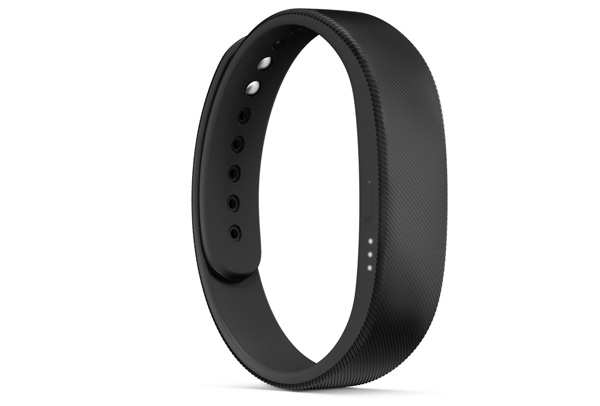
Sony’s SmartBand is an interesting take on the wearable category. It tries to distinguish itself by letting you track more aspects of your life, and even offers limited control over your smartphone. However, its more-involved setup process and limited usefulness as a remote for your phone significantly dampens our enthusiasm.
Moreover, some of the categories that LifeLog app tracks--such as taking photos--aren't particularly illuminating, and the app itself doesn't offer any guidance on how to live a better life. Sony's band may be Smart, but it's not as intelligent as we'd like.

Michael A. Prospero is the U.S. Editor-in-Chief for Tom’s Guide. He oversees all evergreen content and oversees the Homes, Smart Home, and Fitness/Wearables categories for the site. In his spare time, he also tests out the latest drones, electric scooters, and smart home gadgets, such as video doorbells. Before his tenure at Tom's Guide, he was the Reviews Editor for Laptop Magazine, a reporter at Fast Company, the Times of Trenton, and, many eons back, an intern at George magazine. He received his undergraduate degree from Boston College, where he worked on the campus newspaper The Heights, and then attended the Columbia University school of Journalism. When he’s not testing out the latest running watch, electric scooter, or skiing or training for a marathon, he’s probably using the latest sous vide machine, smoker, or pizza oven, to the delight — or chagrin — of his family.
